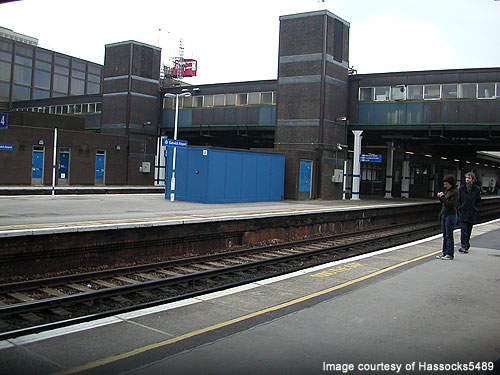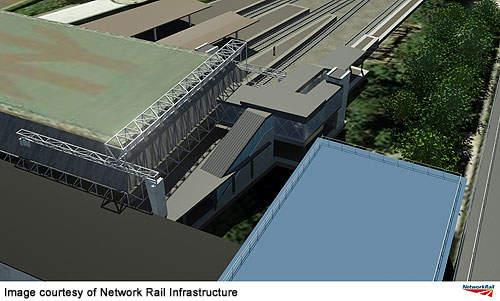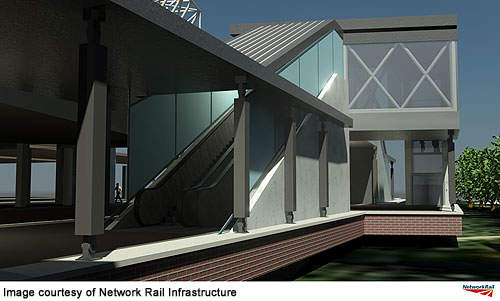Gatwick Airport Railway Station, situated at London Gatwick Airport, provides non-stop rail services from the airport to central London. It is considered to be the first railway station in the world to be dedicated to serve an airport. The station also acts as an important link for residents and businesses in West and East Sussex.
It is estimated that more than 11m people pass through the station each year. In 2009, it was the busiest airport station in the UK, handling over 11.5m journeys.
The station is managed by Network Rail, which operates and manages 17 other railway stations in the UK.
Gatwick Airport Station history
The present station, originally known as Gatwick, was built for the London, Brighton and South Coast Railway (LBSCR). It was closed in 1876 and reopened in 1891 by the LBSCR to serve the Gatwick Racecourse. At that time it was operating only on race days.
The station, however, became obsolete due to the opening of nearby Tinsley Green / Gatwick Airport Station in September 1935. It was closed after the completion of the Beehive airport terminal, which was directly connected to the Gatwick station.
In the early 1950s, the racecourse land was taken over for the expansion of Gatwick airport. The Gatwick station, which was closed, was entirely reconstructed by British Rail and integrated into the airport terminal. It was renamed, and Gatwick Airport station became operational in May 1958.
Location and layout
The station is located 45km south of London in Crawley, West Sussex. It is situated next to the South Terminal and links the airport to Brighton, London Victoria and London Bridge stations. The airport’s North Terminal can be accessed via a free transit train that runs every three minutes during peak times.
The station has six platforms, which are built immediately below the South Terminal of the airport. The ticket office is located on the main concourse of the station.
Design and construction
Built on the original Gatwick racecourse, the present station was opened by British Rail in May 1958. Major reconstruction and renovation works were carried out between 1967 and 1968. Further works took place in 1980s.
Architects at the British Rail Southern regional office designed the present upper level concourse deck.
Gatwick Airport Station services
The station provides both northbound and southbound services. The northbound operations are serviced by Gatwick Express, First Capital Connect and First Great Western. Gatwick Express runs every 15 minutes for Victoria station.
First Capital Connect, which serves Bedford passing through London Bridge and St Pancras, runs every 15 minutes. Operating on the North Downs Line, First Great Western provides services for Reading via Guildford.
A number of general train services are also operated every hour.
The southbound services to Brighton are provided by First Capital Connect and Southern.
Gatwick Airport Station facilities
The ticket office, consisting of ticket machines for collection of online bookings and a manned office for all other tickets and enquiries, is open around-the-clock. Cash machines, payphones and email access points are installed on the main concourse.
Coin operated trolleys and a small range of food and drink outlets are available at the station. Passengers can leave their baggage at the left luggage facility, to be collected at a later time.
Toilets are available on platform one, while baby changing facilities and additional toilets are provided in the South Terminal of the airport.
No car park facility is available at the station.
Future developments
A fund of £53m was secured in October 2010 to give a much needed face-lift to the facilities at Gatwick Airport Station. The project will be funded jointly by Network Rail (£44.9m) and Gatwick Airport (£7.9m).
The station upgrade project will include construction of a new platform and renovation of the concourse area. An existing stairway will be replaced with an escalator and a new lift will be installed to improve passenger circulation on platforms 5 and 6. The track and signalling will also be upgraded to improve the performance and reliability of trains.
Major construction work is expected to start after the conclusion of London 2012 Olympic and Paralympics games. The project is expected to be completed by the end of 2013.







